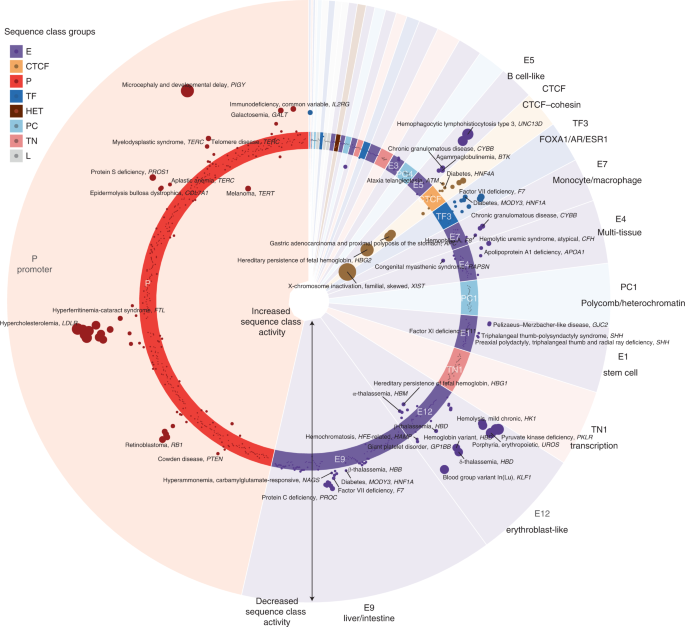3.093 - AMICOR (25)
#Antônio Achutti Olivé com sua avó em Buenos Aires
Logo após sua apresentação como componente da OSPA, em BA no Teatro Colón
No dia 10/07/2022 a OSPA, com sucesso se apresentou pela primeira vez em 72 anos no Teatro Colón. Nosso neto Antônio, como percussionista da OSPA, fez parte da apresentação, que poderá ser vista através do link. Dra. Mabel Morón é também médica, e reside em BA. Pensando na data da fundação da OSPA, lembrei-me que a 71 anos, eu conheci a outra avó dele - Dra. Valderês Antonietta Robinson Achutti - que infelizmente não assistiu o espetáculo porque faleceu no ano passado.ADHD Drugs May Treat Alzheimer's Cognitive Symptoms Effectively
— Positive effect on global cognition, apathy in meta-analysis
Drugs with principally noradrenergic action -- including ones prescribed for attention deficit-hyperactivity disorder (ADHD) or to treat hypertension or depression -- may effectively treat cognitive symptoms and apathy in Alzheimer's disease, a systematic review and meta-analysis suggested./.../

In 1866, the young German marine biologist Ernst Haeckel — whose exquisite illustrations of single-celled underwater creatures had enchanted Darwin — gave that interdependence a name: He called it ecology, from the Greek oikos, or “house, and logia, or “the study of,” denoting the study of the relationship between organisms in the house of life.
#ASRM
#NASA
| |||||
| |||||
|
Recebi a triste notícia do falecimento hoje pela madrugada do eminente cardiologista, Dr. Mário Maranhão, em Curitiba, onde morava e exercia a profissão. Teve intensa atividade associativa e científica, tendo sido Presidente da SBC e da Federação Mundial de Cardiologia (WHF) com sede em Genebra.
#NYTIMES
As Y Chromosomes Vanish With Age, Heart Risks May Grow A study of mice might explain why.

#NATURE
A sequence-based global map of regulatory activity for deciphering human genetics
Nature Genetics volume 54, pages 940–949 (2022)Abstract
Epigenomic profiling has enabled large-scale identification of regulatory elements, yet we still lack a systematic mapping from any sequence or variant to regulatory activities. We address this challenge with Sei, a framework for integrating human genetics data with sequence information to discover the regulatory basis of traits and diseases. Sei learns a vocabulary of regulatory activities, called sequence classes, using a deep learning model that predicts 21,907 chromatin profiles across >1,300 cell lines and tissues. Sequence classes provide a global classification and quantification of sequence and variant effects based on diverse regulatory activities, such as cell type-specific enhancer functions. These predictions are supported by tissue-specific expression, expression quantitative trait loci and evolutionary constraint data. Furthermore, sequence classes enable characterization of the tissue-specific, regulatory architecture of complex traits and generate mechanistic hypotheses for individual regulatory pathogenic mutations. We provide Sei as a resource to elucidate the regulatory basis of human health and disease.
Sequence class-level mutation effects of pathogenic noncoding HGMD mutations were plotted. A polar coordinate system was used, where the radial coordinate indicates the sequence class-level effects. Each dot represents a mutation and mutations inside the circle are predicted to have positive effects (increased activity of sequence class); mutations outside the circle are predicted to have negative effects (decreased activity of sequence class). Dot size indicates the absolute value of the effect. Mutations were assigned to sequence classes based on their sequences and predicted effects (Methods). Within each sequence class, mutations were ordered by chromosomal coordinates. The associated disease and gene name were annotated for each mutation and only the strongest mutation was annotated if there were multiple mutations associated with the same disease, gene and sequence class.
| |||||||||||||||
| |||||||||||||||
| |||||||||||||||
 | |||||||||||||||||||||||||||||||||||||||||||
| NEW PODCAST EPISODE | |||||||||||||||||||||||||||||||||||||||||||
| When Does Nail Biting or Skin Picking Become a Medical Condition? | |||||||||||||||||||||||||||||||||||||||||||
| Hosted by Gabe Howard | |||||||||||||||||||||||||||||||||||||||||||
| When does a “bad habit” become a medical disorder? Join us as Luisa Zettinig explains her own history with body-focused repetitive behaviors (BFRBs), why she believes community can be a powerful tool for healing, and how her company aims to foster mindfulness for people who live with BFRBs. | |||||||||||||||||||||||||||||||||||||||||||
|










 Hello Aloyzio Achutti! This is the midweek edition of
Hello Aloyzio Achutti! This is the midweek edition of 








No comments:
Post a Comment